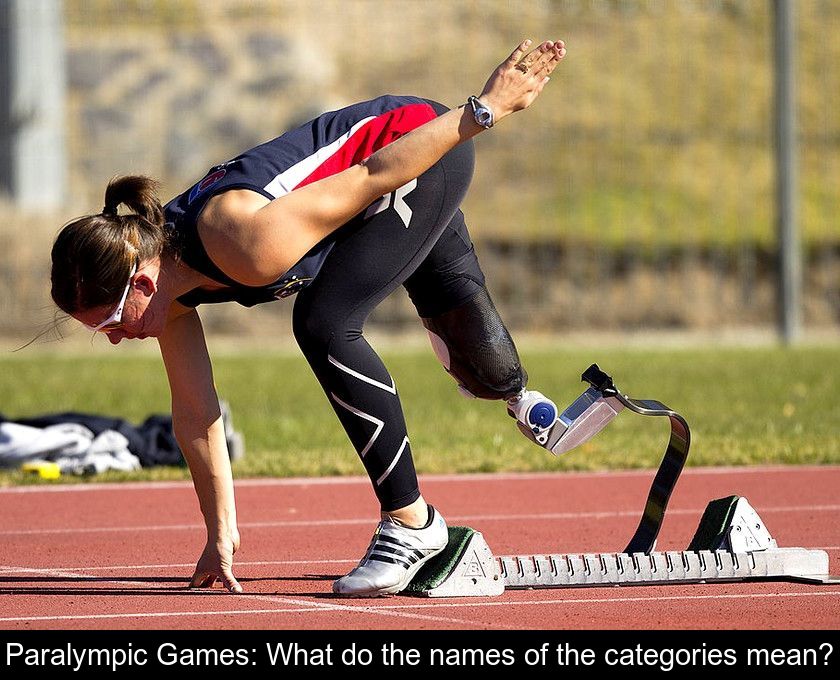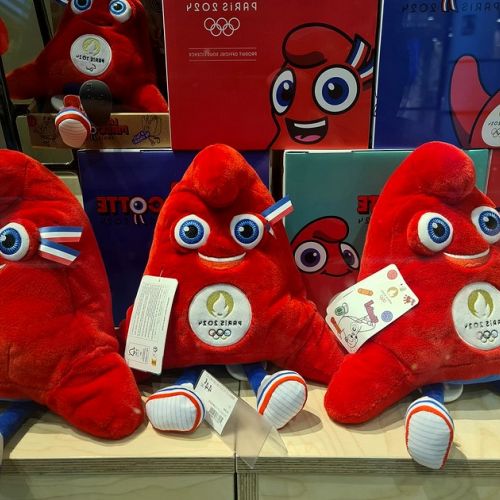Paralympic Games: What Do The Names Of The Categories Mean?
If you follow the events on television during the Paris 2024 Paralympic Games, you might be a bit confused by the mysterious acronyms that designate the different categories, such as WH2 or SB13... We're here to help you better understand this classification system in 5 questions.
1- What are the categories in parasports for?
As part of the Paralympic Games, the events are organized into different categories so that athletes, who have a wide range of disabilities, can compete on an equal footing and simply let the best win!
Even though each Paralympic sport has its own classification system, the principle of these categories is always the same: bringing together athletes with the same capabilities to ensure fair competition. The disabilities of the competitors are not necessarily identical, but they must be equivalent in terms of their impact on athletic performance.
That is why, even though this classification system may seem very complex at first glance, it is essential for the smooth running of the competition. The distribution of athletes by categories ensures sporting fairness among participants and prevents the athlete with the least “significant” disability from systematically winning.
2- What does the letter in the category names stand for?
If you have followed several events of the Paris 2024 Paralympic Games, you have no doubt noticed that the name of the categories consists of one or more letters and a number.
The meaning of this mysterious code is simpler than it seems. The letters are used to designate the sport concerned and generally correspond to the initial of this sport in English, for example S for swimming in para swimming.
It should also be noted that in Paralympic swimming events, a second letter is added to indicate the type of stroke: SB for breaststroke and SM for medley events...
In para athletics, the classification uses two letters:
• the letter T for track applies to track races and jumps.
• the letter F for field concerns throwing events that take place on a field.
3- What does the number in the category names correspond to?
Athletes participating in the Paralympic Games must have permanent disabilities. In the names of the categories, the first number indicates the type of disability and the second the degree of disability of the competitors.
In swimming, for example:
• numbers 1 to 10 indicate a physical impairment;
• numbers 11 to 13 indicate a visual impairment;
• number 14 indicates an intellectual impairment.
In athletics, the numbers used are different:
• 11 to 13 for visual impairments;
• 20 for intellectual impairments;
• 31 to 38 for cerebral motor impairment;
• 40 and 41 for people of short stature;
• 42 to 47 for amputee athletes or those with a similar impairment;
• 51 to 58 for wheelchair racing and throwing events;
• 61 to 64 for athletes with lower limb prostheses.
However, regardless of the discipline, the higher the number, the more moderate the degree of disability. Thus, in swimming, class S11 applies to blind swimmers or those with very limited visual acuity, while class S13 concerns visually impaired swimmers with a milder visual impairment.
4- How many categories are there for each sport?
Each Paralympic sport has its own classification system, as the different disciplines require very varied skills, such as running, rowing, or propelling a wheelchair... The number of categories is therefore very variable from one sport to another.
For the same event, such as para triathlon for example, many competitions are organized category by category:
• PTWC 1 and 2 for athletes with lower limb impairments requiring the use of a handbike and an athletics wheelchair.
• PTS 2 to 5 for athletes with an upper and/or lower limb impairment not requiring a handbike and an athletics wheelchair. Competitors may use a prosthesis for cycling and running.
• PTVI 1 to 3 for visually impaired and blind athletes. Blind athletes are accompanied by a guide and complete the cycling event in tandem.
In para athletics too, there are no less than 16 men's 100m races!
5- How are athletes selected?
As part of the Paralympic Games, 10 types of disabilities are represented. They are divided into three main groups: physical, visual, and cognitive impairments.
These three main groups are never mixed in competitions. Moreover, not all sports are open to all types of disabilities.
As some viewers have pointed out, deaf or hard-of-hearing athletes do not participate in the Paralympic Games because they organize their own event: the Deaflympics!
To be able to participate in the Paralympic events, athletes must undergo a medical examination and then be observed in the field while practicing their sport. A jury evaluates the impact of the disability on sports performance in order to categorize athletes in each discipline.
This group of specialists must determine:
• if the athlete's disability is compatible with one of the 10 categories defined by the International Paralympic Committee.
• if the athlete meets the minimum level of disability required in the sport they wish to compete in.
• which competition category best corresponds to their level of limitation in this particular sport, possibly with the use of specific equipment.
The classification assigned to an athlete may change over time, especially if they have a degenerative disease.







